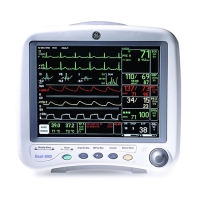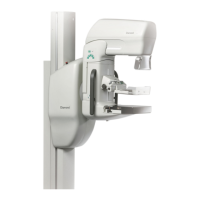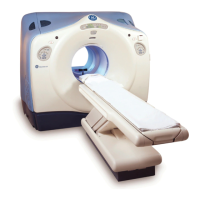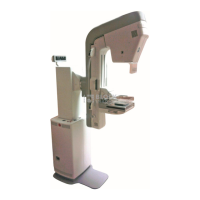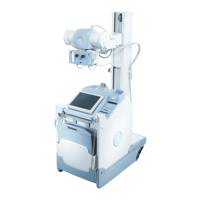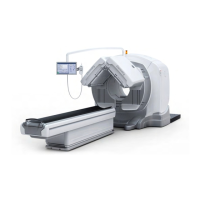Datex-Ohmeda S/5 Anesthesia and Critical Care Monitors
34
Document no. M1137266-02
4. When the values are equal, push the ComWheel to confirm the calibration. After a few
seconds the ‘Calibrated’ message will appear in the NIBP digit field, which means that the
calibration data has now been saved.
NOTE: When calibrating NIBP, always change the displayed pressure value slightly with the
ComWheel, even in cases where the value would be correct. For example, change the value
one step higher and then back one step lower. The ‘Calibrated’ text should appear in the
display. This ensures that the calibration procedure is correctly registered and stored by the
module.
5. Use the module buttons again to enable Protection setting and set it ON, and finally
disable Protection setting.
4.7.3 NIBP Safety Valve
ADULT/ INFANT is the selected measurement mode
Start test is for starting and Stop test is for stopping
the Safety Valve test.
Safety Valve Data:
For information on general items Pressure, Zero,
Protect handle, Calibr. prot., +15 V power, AD0 to
AD7 as well as Timeouts etc., see service data
descriptions in section “4.7 NIBP Module”.
Max. press and 2 s after stop show the measured
values at Safety Valve test.
How to check Safety Valve:
Wrap an adult cuff around a rigid cylinder or pipe
and connect the cuff to the module. Select Start test
and push the ComWheel. The test ends
automatically or when Stop test (appears in place of
Start test) is pushed. To test the INFANT limits select
ADULT and check that it changes to INFANT.
Max. press indicates the pressure at which the
safety valve opens and is normally 300 ±15 mmHg for adult and 150 mmHg ±15 mmHg for infant.
2 s after stop indicates the pressure at 2 seconds after the pump has stopped and is normally > 270 mmHg for
adult and > 130 mmHg for infant. If the value is less, check leakage by the active leak test.

